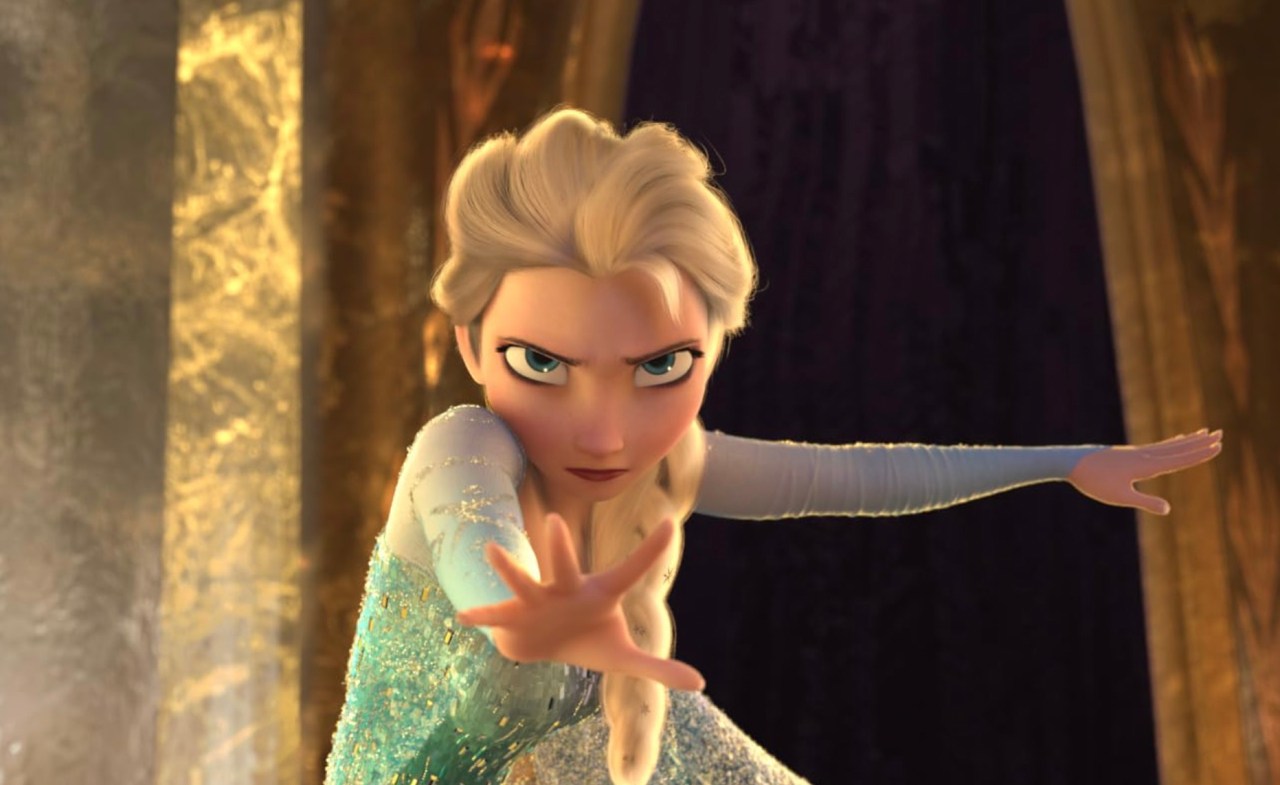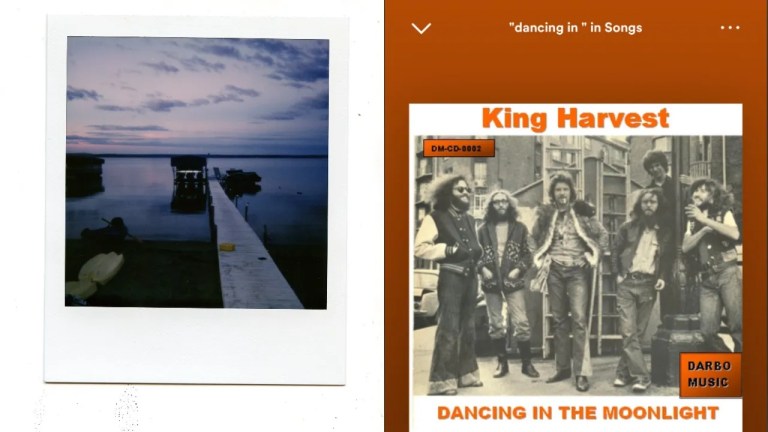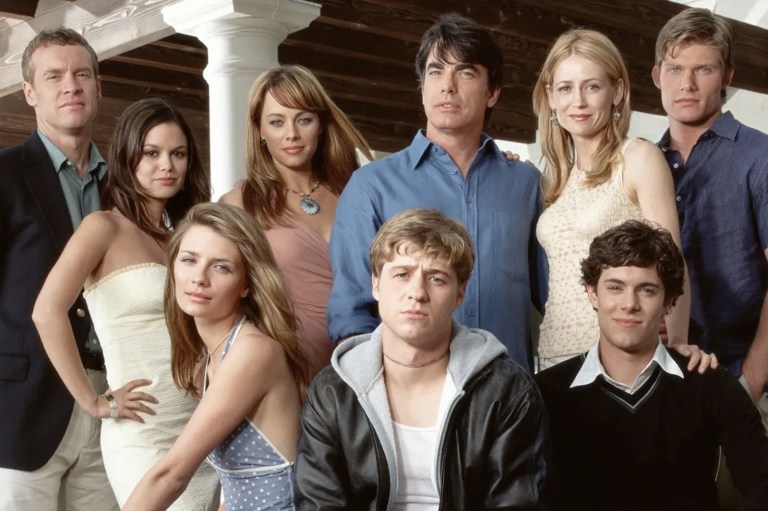
Why ‘Let It Go’ Is Such an Earworm — Revisiting the Hit Song on the 10th Anniversary of ‘Frozen’
By ![]() Josh Lezmi
Josh Lezmi
Let it go. Let it go. You can hear the tweens belt it low-ow-owd. Let it go. Let it go. They’ll never be on pi-itch.
The 2010 Disney musical Frozen turns ten on November 27, 2023, and the hit earworm remains one of the media conglomerate’s greatest successes — going on to earn songwriters Kristen Anderson-Lopez and Robert Lopez the Academy Award for Best Original Song in 2011.
The catchy tune has a way of cementing its place in one’s mind. Once the orchestration begins, and that crystalline choral quality emanates from the piano, a sense of anticipation and wonder sets in. Then comes Idina Menzel’s emotive and soulful voice, which, as the song progresses, builds to a place of unbridled power, eventually reaching an immediately recognizable crescendo that underscores the character’s growing sense of freedom and impenetrability. But, what about the song makes it so catchy? Why does it roll through our minds — note by note, lyric by lyric — refusing to relinquish its grip as we hum that chorus until we pass out from exhaustion?
According to MelMagazine, a study performed in 2016 aimed at discovering the qualities inherent to earworms found that most sticky songs share three common factors. They have an “upbeat tempo, generic melody, and unique intervals.” As for “Let It Go,” it starts slowly but reaches a moderate to fast-paced tempo midway through. The melody is also predictable and memorable. As Today.com notes, “simplicity” and “repetitiveness” are essential qualities of most earworms. And, “Let It Go” is unabashed in how many times it repeats its title — and each time its utterance accounts for the song’s most emotionally resonant moment — in Menzel’s vocal delivery and in the melodic backdrop. So, even for the kiddos who can’t remember the other verses, they’ve got these three words (and when they’re coming) down in a listen or two.
In short, “Let It Go” has that sing-a-long quality that allows you to memorize the flow rather quickly, which is customary of other earworms that are big on theatricality and consistency, such as Lady Gaga’s “Bad Romance,” Meghan Trainor’s “All About That Bass,” or even Queen’s “We Will Rock You.” While “Let It Go” may stray from “factor three” — intervals that could be defined as unique — it boasts two out of three earworm standards and quite a distinctive harmonic structure. And, there’s a bit more to earworms than memorability and meter. “Let It Go” also takes listeners on a narrative journey (musically and lyrically) that we can’t help but yearn to complete…each time.
Anthony Sheppard, chair and professor of music at Williams College, explained that the song’s personal journey makes it so addictive. The opening of “Let It Go” presents a somewhat defeated and downtrodden Elsa, an isolated queen who has been squelching her power for far too long. She’s been playing the good girl, and it’s caused her so much pain to “conceal, don’t feel.” She’s emotionally traveling from a place of self-rejection to one of self-acceptance, and the melodic accompaniment parallels her lyrical journey. Menzel’s vocals and the instrumentation start slow and soft — almost as if Elsa’s ashamed and afraid of her own vocal capacity — and build in volume and tempo — to full-fledged ownership and pride in the power she withholds. Bring the volume. Elsa will be silent no more.
In 3 minutes and 43 seconds, Elsa journeys from sadness and utter preoccupation with others’ feelings to a triumphant finish that focuses on her happiness at the glorious dismissal of everyone else’s perspectives. Yet, it never feels rushed, but rather comes across as a perfectly-paced, in-real-time epiphany. Sheppard explained that the song opens with “ominous” and “dark tones,” with some “icy windchimes” to boot, and quickly gives way to a “searching melody emphasized in minor,” which are keys often employed to foster a sense of mystery, tension, and drama. Elsa is pensive at the start. Hesitant. Menzel’s monotonous tones that offset the number are low to intonate her dejection, yet as she begins to “let it go,” we get major chords in A flat and E Flat — higher notes to relay her ascension. To intonate her indignation.
As Elsa builds her ice castle, she’s building her purest identity — the one that has been silenced for far too long. From the shifting melody to the shifting emotional state, the song also relays one of the most relatable childhood experiences: The journey from fitting in to finding authenticity. The need to blend and be palatable to the need to stand tall in your truth, disapprovers be damned. It’s an arc that demands a resolution, or our protagonist is left in a somber space instead of a triumphant one. To cut the song off early is to do an injustice to the grand finale.
So, on the tenth anniversary of the Disney movie musical turned Broadway spectacle and merchandise royalty, blast “Let It Go” and sing your heart out, uttering every frequent “no,” “never,” and “go” with ferocious reckless abandon.
You can stream Frozen on Disney+.











